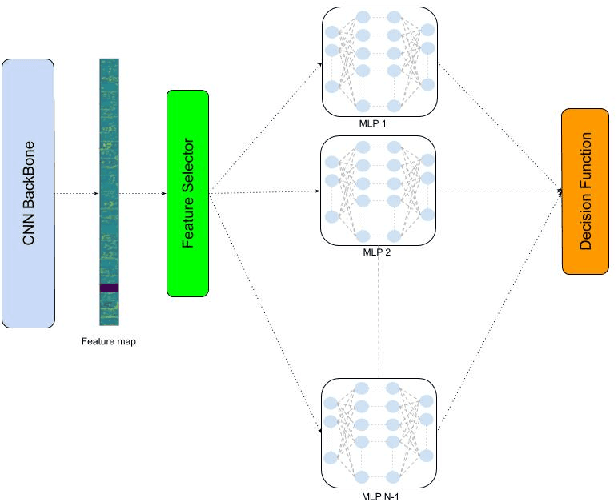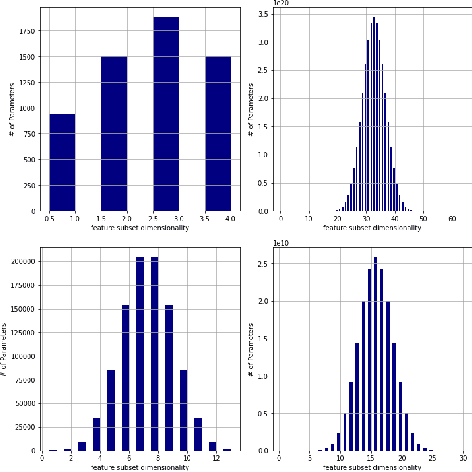Aymen Mejri
Semantic Segmentation and Object Detection Towards Instance Segmentation: Breast Tumor Identification
Aug 06, 2021



Abstract:Breast cancer is one of the factors that cause the increase of mortality of women. The most widely used method for diagnosing this geological disease i.e. breast cancer is the ultrasound scan. Several key features such as the smoothness and the texture of the tumor captured through ultrasound scans encode the abnormality of the breast tumors (malignant from benign). However, ultrasound scans are often noisy and include irrelevant parts of the breast that may bias the segmentation of eventual tumors. In this paper, we are going to extract the region of interest ( i.e, bounding boxes of the tumors) and feed-forward them to one semantic segmentation encoder-decoder structure based on its classification (i.e, malignant or benign). the whole process aims to build an instance-based segmenter from a semantic segmenter and an object detector.
RandomForestMLP: An Ensemble-Based Multi-Layer Perceptron Against Curse of Dimensionality
Nov 02, 2020



Abstract:We present a novel and practical deep learning pipeline termed RandomForestMLP. This core trainable classification engine consists of a convolutional neural network backbone followed by an ensemble-based multi-layer perceptrons core for the classification task. It is designed in the context of self and semi-supervised learning tasks to avoid overfitting while training on very small datasets. The paper details the architecture of the RandomForestMLP and present different strategies for neural network decision aggregation. Then, it assesses its robustness to overfitting when trained on realistic image datasets and compares its classification performance with existing regular classifiers.
 Add to Chrome
Add to Chrome Add to Firefox
Add to Firefox Add to Edge
Add to Edge